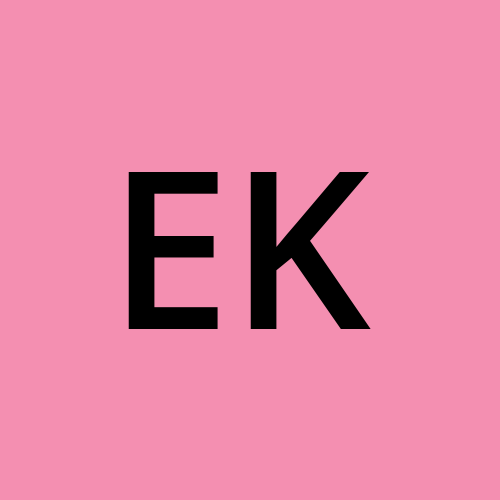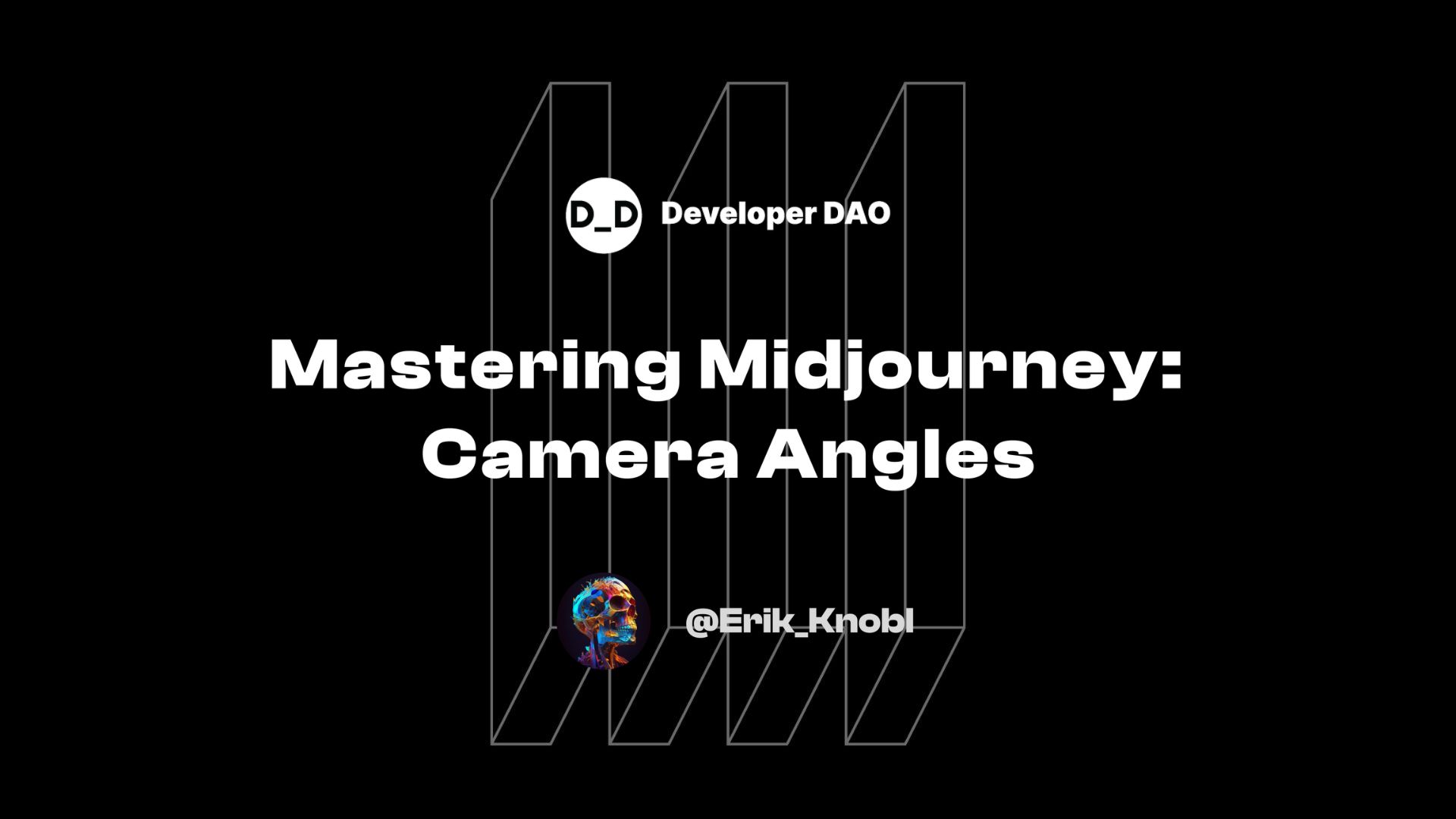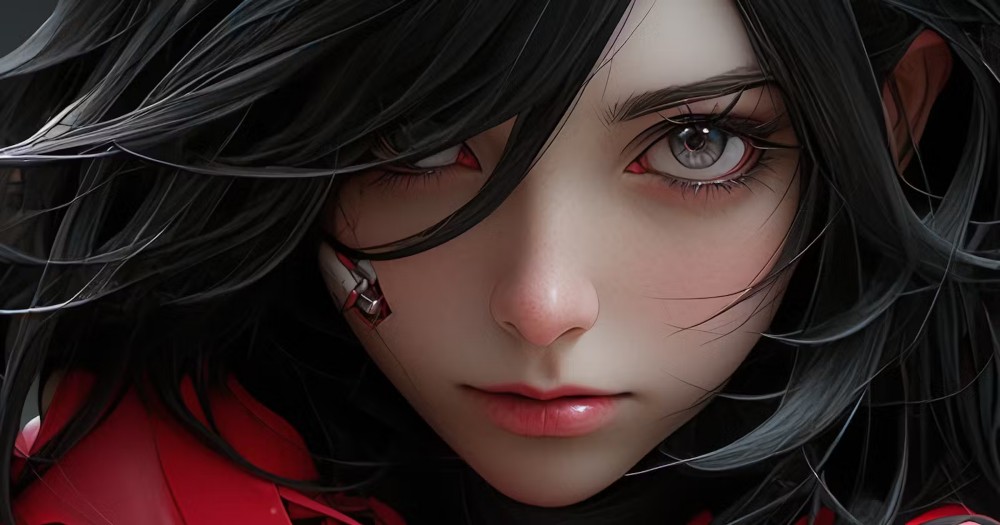Mastering Midjourney: Camera Angles
 Erik Knobl
Erik Knobl
As you navigate the world of synthography, as the new format of creating images with artificial intelligence tools has been named, with virtual storytelling tools like Midjourney, DALL.E, and Adobe’s Firefly, one crucial aspect to consider is how you prompt camera angles.
Camera angles are a crucial tool in filmmaking, photography, and synthography, that can make or break a scene, setting the tone and creating the desired mood for the audience.

In this blog post, we’ll cover the best practices of prompting four standard camera angles in Midjourney:
The eye-level angle
The low angle
The high angle
The Dutch angle
Eye-Level Angle
![[PROMPT] Man is making a walk in a forest near a bright colored sky, in the style of graphic design-inspired illustrations, 32k UHD, colorful cartoon, smokey background, high resolution — ar 3:2](https://cdn-images-1.medium.com/max/800/1*opJcj6QYbuAUcwFhhyvIGw.png)
Prompt: Man is making a walk in a forest near a bright colored sky, in the style of graphic design-inspired illustrations, 32k UHD, colorful cartoon, smokey background, high resolution — ar 3:2
The eye-level angle is the most common and straightforward one. It provides a neutral and realistic perspective that makes the audience feel as if they’re part of the scene. It’s an excellent angle to build empathy with the characters or convey a sense of intimacy. It is also the default mode in Midjourney, so if you don’t specify a camera angle, this usually is the one you’ll get.
Be aware that usually, the subject will be placed in the center of the shot, with adequate space on either side.
Use an eye-level angle when you want to emphasize the dialogue between characters.
Avoid using an eye-level angle for more tense or dramatic scenes, as it may not be as effective in conveying the intended emotions.
Low Angle
![[PROMPT] Low angle shot menacing full body cyberpunk warrior with helmet and battle boots, Worm’s-eye view — v 5](https://cdn-images-1.medium.com/max/800/1*S3DkxW0-8CutgPb1s3hyxg.png)
Prompt: Low angle shot menacing full body cyberpunk warrior with helmet and battle boots, Worm’s-eye view — v 5
The low angle effectively creates a sense of power, dominance, or intimidation. It will position the camera below the subject, pointing upwards. It’s best used to make the subject appear more substantial or larger than life.
Use a low angle to create tension or suspense, as it can make the subject appear more threatening.
Midjourney will default to a medium shot when used on characters, and the camera angle will be hard to detect. To ensure it’s noticeable, add "Full Body" to your prompt, and describe some details for feet and head, like shoes, a gesture, hair, etc., so Midjourney takes this into account.
High Angle
![[PROMPT] High-level view of young woman with long wavy blonde hair looking at her own bellybutton, wearing a tshirt, flirty, bedroom, in the style of hard surface modeling, cryengine, zbrush, emphasis on character design, matte photo, quadratura | hyper-realistic portraiture, insanely detailed, embellishments | — niji 5 — style expressive — ar 9:16 — chaos 9 — stylize 1000 — v 5](https://cdn-images-1.medium.com/max/800/1*TnGc66vbEvAtMu0roGERZQ.png)
Prompt: High-level view of young woman with long wavy blonde hair looking at her own bellybutton, wearing a tshirt, flirty, bedroom, in the style of hard surface modeling, cryengine, zbrush, emphasis on character design, matte photo, quadratura | hyper-realistic portraiture, insanely detailed, embellishments | — niji 5 — style expressive — ar 9:16 — chaos 9 — stylize 1000 — v 5
The high angle is the opposite of the low angle, as it positions the camera above the subject, pointing downwards. It’s an effective tool to make the subject appear smaller or weaker, creating a sense of vulnerability. It is the default angle for panoramic views of cities and locations.
Use a high angle to create a sense of detachment or distance between the audience and the subject.
Dutch Angle
![[PROMPT] Dutch angle shot of an beautiful woman with long blonde hair, leaping across a futuristic cityscape, evading laser fire and closing in on their target amidst neon-lit skyscrapers. dynamic pose, intense action, intense lightning, cyberpunk, maximalism, angular shapes, 4K, cryengine | hyper-realistic portraiture | insanely detailed | embellishments | — niji 5 — style expressive — ar 16:9 — chaos 9 — q 2 — stylize 1000 — v 5 -](https://cdn-images-1.medium.com/max/800/1*TbAYCfjkes2b43c6g81BRA.png)
Prompt: Dutch angle shot of an beautiful woman with long blonde hair, leaping across a futuristic cityscape, evading laser fire and closing in on their target amidst neon-lit skyscrapers. dynamic pose, intense action, intense lightning, cyberpunk, maximalism, angular shapes, 4K, cryengine | hyper-realistic portraiture | insanely detailed | embellishments | — niji 5 — style expressive — ar 16:9 — chaos 9 — q 2 — stylize 1000 — v 5 -
The Dutch angle is tilted to one side, creating a sense of action, unease, or disorientation. It’s a unique angle that you can use to convey tension, suspense, or chaos. It’s also instrumental in battle scenes, adding dynamism to the shot.
The camera will tilt to one side, creating an off-kilter effect. To ensure Midjourney uses the angle, add to your prompt descriptions of the background; otherwise, it won’t be noticeable.
It isn’t easy to use the Dutch angle in more calm scenes. Midjourney will default to the eye-level angle no matter what.
If you want to learn more tips and prompts, check out my Basic Guide to Midjourney — Camera Angles for free!
Conclusion
Prompting camera angles in Midjourney is a powerful tool for creating an immersive and engaging storytelling experience. By following the best practices outlined above, you can use camera angles effectively to convey the intended emotions and create a unique and memorable experience for your audience.
Subscribe to my newsletter
Read articles from Erik Knobl directly inside your inbox. Subscribe to the newsletter, and don't miss out.
Written by

Erik Knobl
Erik Knobl
I love UX design. I also love coding, tacos and dancing salsa.
